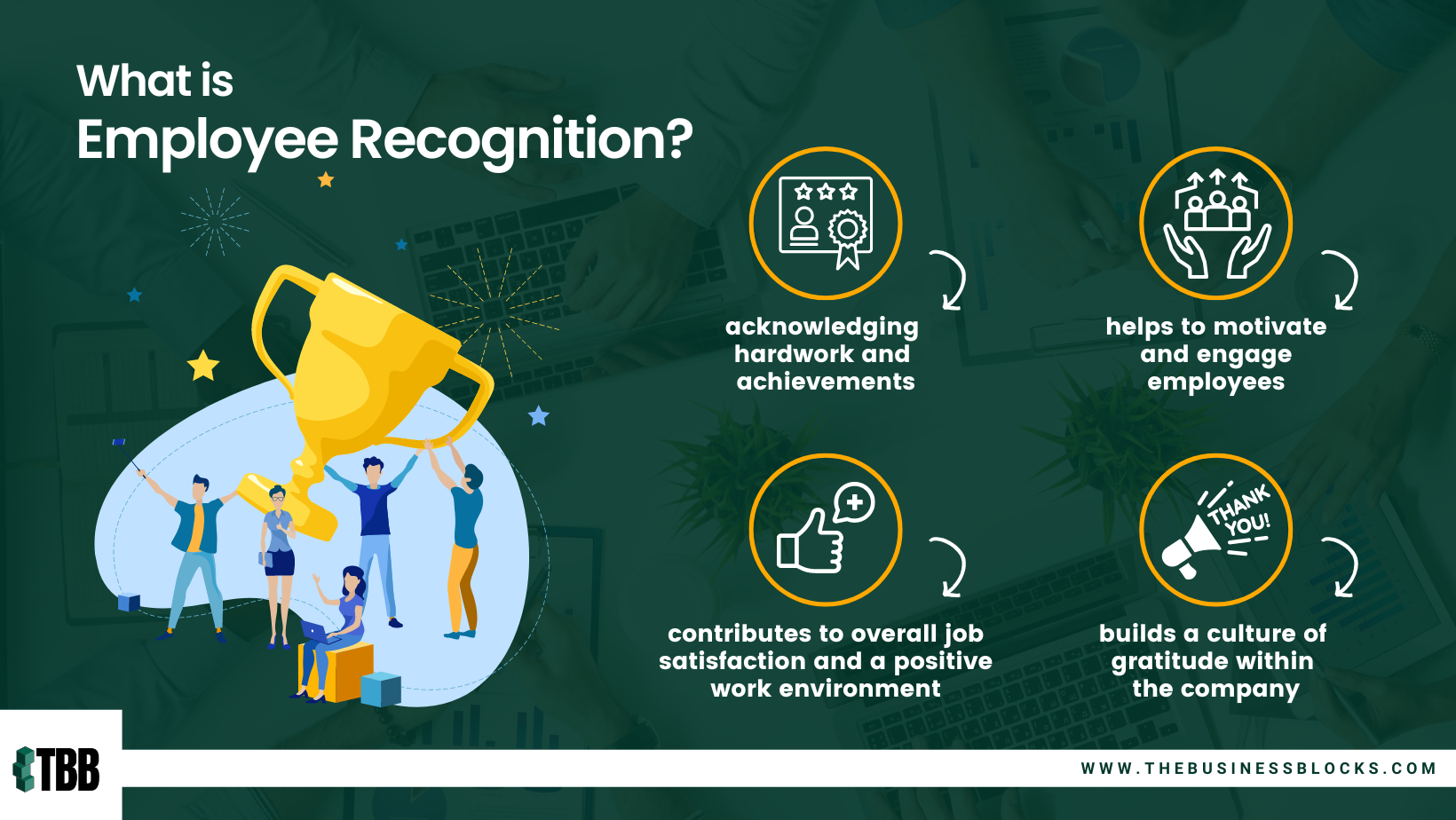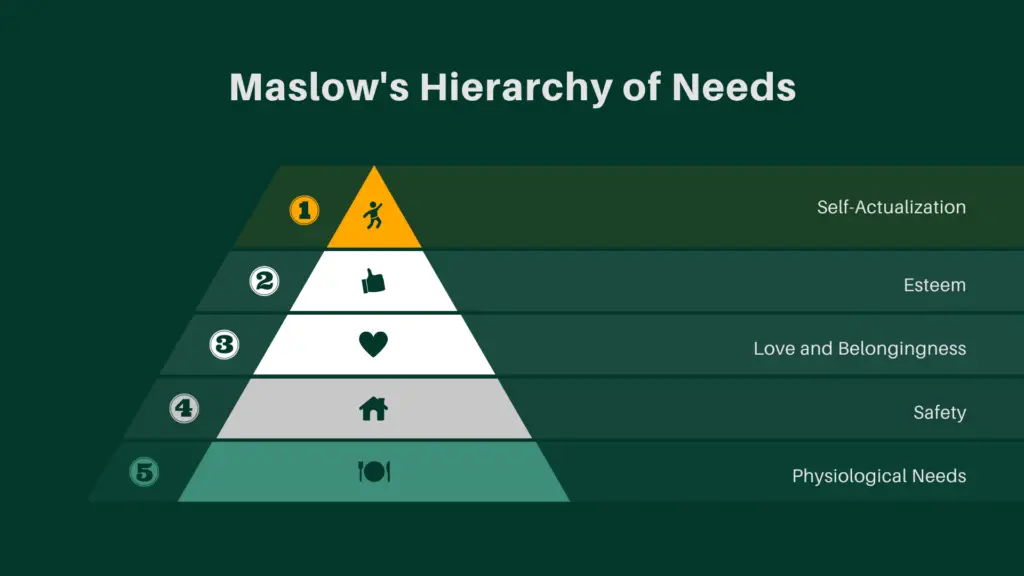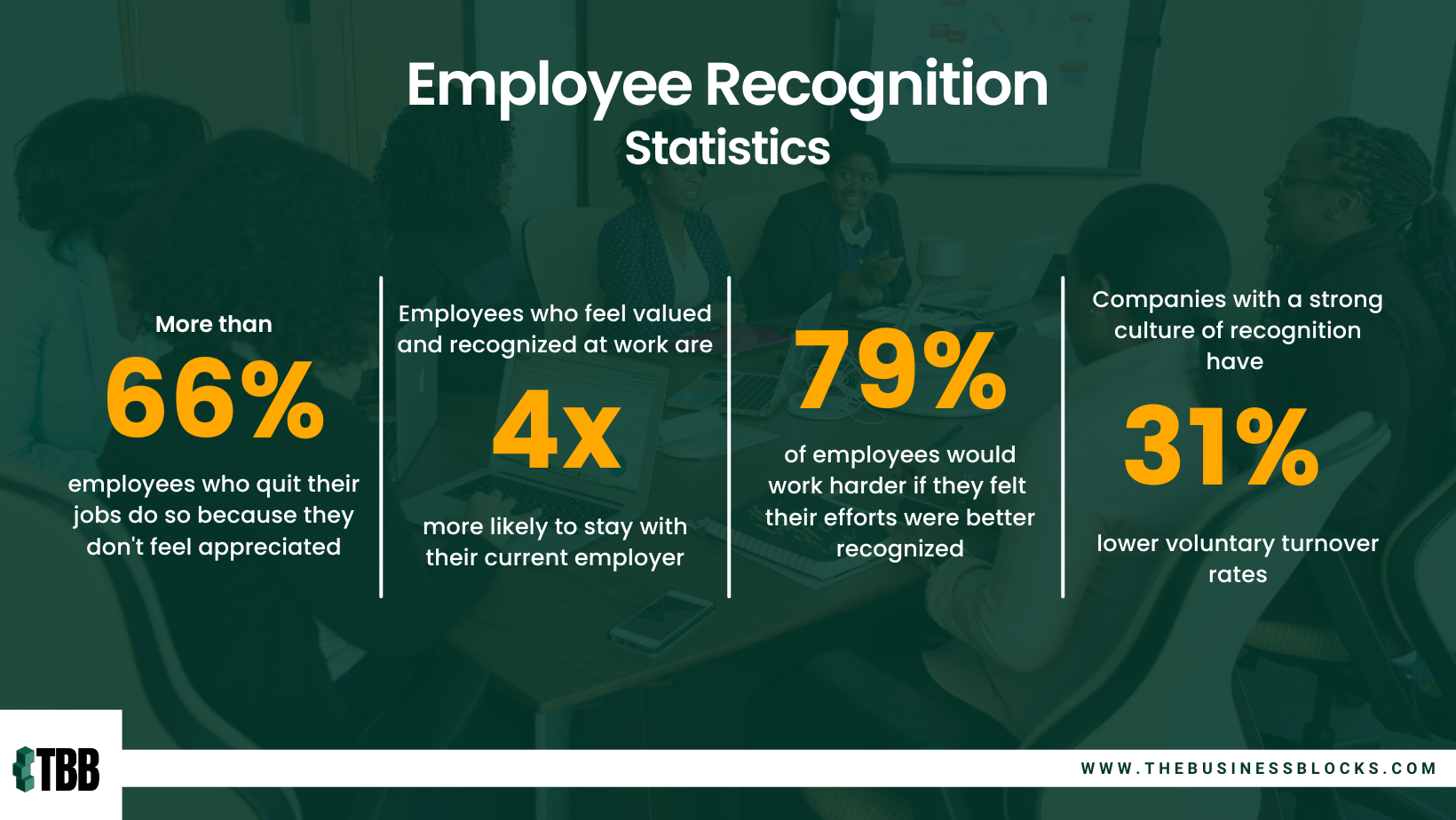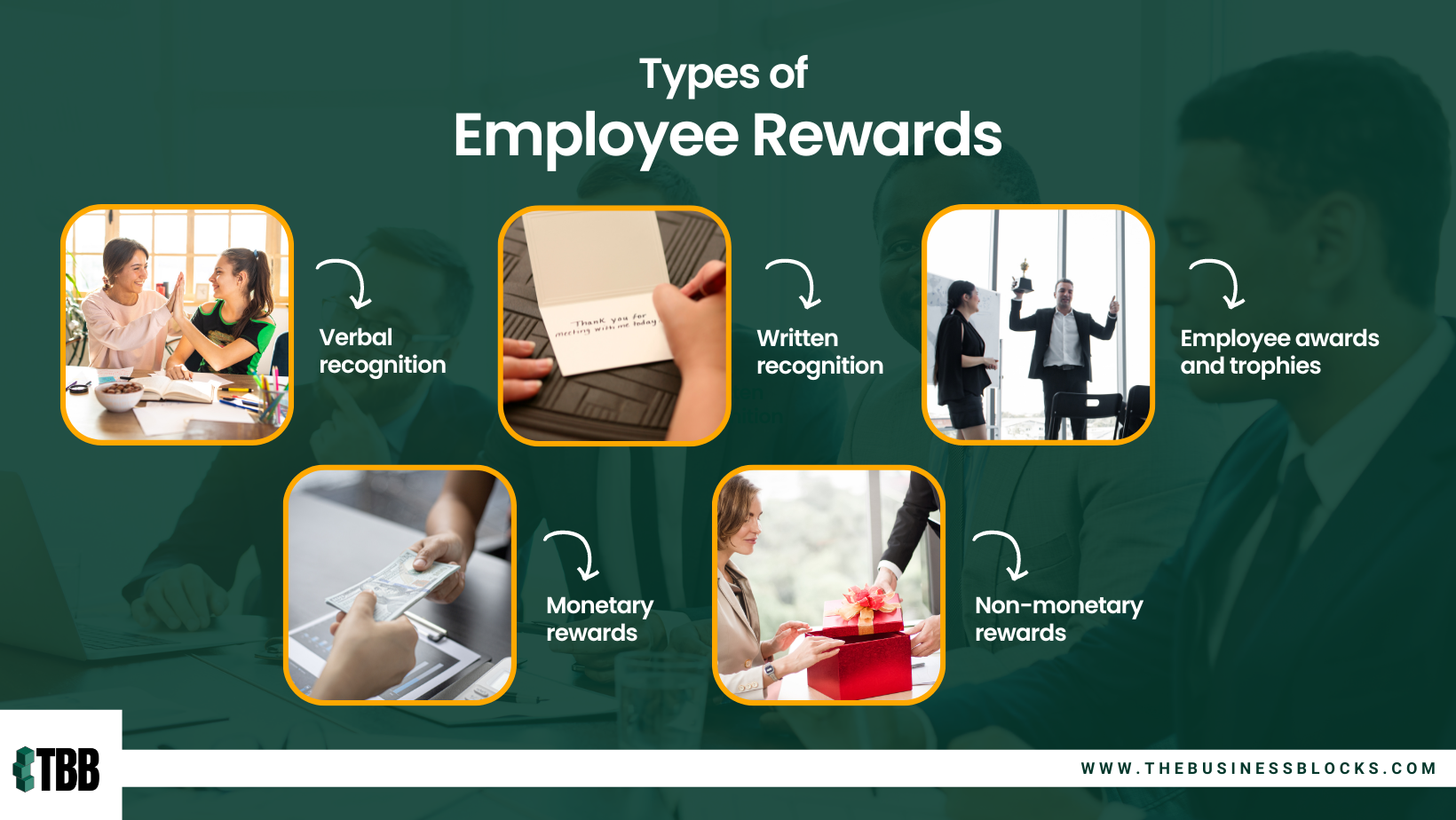Employee recognition or appreciation has become increasingly important in the modern workplace. In 2022, recognizing and appreciating employees’ hard work and contributions has become a key factor in motivating and engaging them and, ultimately, improving their overall job satisfaction and performance.
By showing employees their efforts are valued and appreciated, companies can create a positive and supportive work environment, which can help retain top talent and drive business success.
In short, employee recognition has become a crucial part of any successful organizational employee recognition strategy in 2022, and in this article, we will discuss the following elements:
- What is Employee Recognition?
- What are some ways a company can recognize employees?
- Why is Employee Recognition Important?
- Who is responsible for Employee Recognition?
- Employee recognition statistics that support employee retention?
- Types of Employee Recognition and Rewards at Work
- How Do I Build a Successful Employee Recognition Program?
- What does it cost to set up an employee recognition program?
What is Employee Recognition?

Employee recognition is the act of acknowledging and appreciating the hard work and achievements of employees.
This can take many forms, such as verbal praise, written thank-you notes, public recognition at a company meeting, or more formal awards and incentives.
Employee recognition is important because it helps to motivate and engage workers and can contribute to overall job satisfaction and a positive work environment.
It also helps to build a culture of appreciation and gratitude within the company.
Employee Recognition and Maslow’s Hierarchy of Needs
Maslow’s hierarchy of needs is a psychological theory that proposes that human beings have a hierarchy of needs that must be satisfied to achieve fulfillment and well-being.
The hierarchy consists of five needs, starting with the most basic physiological needs, such as food, water, and shelter, and progressing to more advanced needs, such as self-esteem and self-actualization.

What’s the relationship between Maslow’s hierarchy and recognition?
The relationship between Maslow’s hierarchy of needs and employee recognition can be seen in how recognition can help satisfy employees’ needs at different levels.
For example, at the physiological level, recognition can help provide staff with basic rewards and incentives, such as bonuses or raises, to help meet their basic needs for food, water, and shelter.
At the safety and security level, recognition can help to provide employees with a sense of stability, security, and support, which can help to reduce stress and anxiety.
This can be achieved through recognition programs that give workers a sense of belonging, recognition, and respect.
Employee recognition and the sense of connection
At the social level, recognition can help to provide employees with a sense of connection, belonging, and community, which can be important for their well-being and fulfillment.
This can be achieved through recognition programs that allow team members to interact and collaborate with their colleagues and be recognized and appreciated for their contributions.
Maslow’s hierarchy of needs provides a useful framework for understanding the relationship between employee recognition and well-being.
By considering employees’ needs at different levels of the hierarchy, organizations can design recognition programs that are effective, engaging, and rewarding for staff.
What’s technology’s role, and how can it help companies for employee recognition?
Technology can play several roles in employee recognition and help companies design, implement, and evaluate staff recognition strategies more effectively. You can check out our review of the top 10 employee recognition platforms in the market now.
Some of the ways that technology can help with employee recognition platforms include:
Automation for your recognition program:
Technology can automate various aspects of the recognition process, such as nominations, voting, and rewards distribution.
This can help make the recognition process more efficient and effective and reduce the administrative burden on managers and HR staff.
Communication and collaboration:
Technology can facilitate communication and collaboration among workers and managers and help promote community and connection within the organization. This can be especially important for programs that rely on teamwork and collaboration to achieve their goals.
Analytics and reporting:
Technology can be used to collect data and metrics on your employee programs and can help to provide insights and feedback on their effectiveness and impact.
This can be useful for evaluating and improving programs and ensuring they are aligned with the organization’s goals and objectives.
Technology can play a valuable role in staff recognition and help companies design, implement, and evaluate programs more effectively.
By leveraging technology, organizations can create recognition programs that are efficient, engaging, and rewarding for employees. You can check out our reviews of the top 10 platforms to help your business level up your employee recognition program.
What are some ways a company can recognize employees?
Employee appreciation goes a long way, and there are many ways that a company can recognize employees and appreciate their hard work and contributions of its employees. Some creative employee recognition ideas include:
- Verbal praise: This can be as simple as thanking staff for their hard work and letting them know how much their efforts are appreciated.
- Written thank-you notes: This can be a more formal way of expressing gratitude to employees and can be particularly meaningful if the note is shared with the entire team or department.
- Public recognition: This can involve recognizing workers for their achievements at a company meeting or event or posting a notice in a public office.
- Awards and incentives, such as employee-of-the-month or performance-based incentives/gifts, can be more formal.
- Flexible work arrangements: Allowing employees more control over their work schedules, such as offering flexible hours or the option to work from home, can be a way of recognizing their contributions and showing trust in their abilities.
Ultimately, the key is to find ways to recognize team members that are meaningful and relevant to them.
Creative staff recognition ideas don’t take long the development, including taking the time to understand their individual needs and preferences and tailoring the recognition to fit those needs.
Why is Employee Appreciation/Recognition Important?
Employee rewards and recognition is important for the entire workforce for several reasons, including:
- It helps motivate and engage employees, improving their job satisfaction and performance.
- It helps build a positive and supportive work environment, fostering community and collaboration among team members.
- Tangible rewards can help to retain talent and keep employees from leaving the company.
- It can help build a culture of appreciation and gratitude within the company, positively impacting overall morale and productivity. For example, implementing a Christmas gift co-worker program can positively impact your company’s culture.
- It allows employees to feel valued and appreciated for their contributions, which can help to build a positive relationship between staff and management.
Who is responsible for Employee Recognition?
The responsibility for employee recognition and these programs typically falls to the company’s business leaders, leadership team, or human resources (HR) department.
In some cases, managers or supervisors may also recognize employees for their achievements. The specific individuals or teams responsible for employee recognition programs will vary depending on the size and structure of the company.
Why are HR and the leadership team responsible?
Ultimately, everyone in the organization needs to play a role in recognizing and appreciating their colleagues’ hard work and contributions.
This can help create a culture of recognition and appreciation deeply ingrained in the company’s values and practices.
Employee recognition statistics that support employee retention?

Here are a few statistics that support the importance of employee recognition programs for employee retention:
- A Society for Human Resource Management study found that nearly two-thirds of employees who quit their jobs do so because they don’t feel appreciated.
- Another study by Deloitte found that workers who feel valued and recognized at work are four times more likely to stay with their current employer.
- A survey by Glassdoor found that 79% of employees would work harder if they felt their efforts were better recognized.
- A study by Aon Hewitt found that companies with a strong culture of recognition have 31% lower voluntary turnover rates.
These statistics highlight the important role that staff recognition can play in retaining top talent and reducing turnover within an organization.
By consciously recognizing employees and appreciating team members’ hard work and contributions, companies can create a positive work environment that helps retain their best people.
How does Company Culture fit in?
A positive company culture can bring many benefits of employee recognition to an organization and empower employees, including:
Improved employee satisfaction and morale:
A positive company culture can help create a more enjoyable and satisfying work environment, leading to higher levels of employee satisfaction and morale. This can lead to better performance, higher productivity, and lower turnover.
Enhanced performance and productivity:
A positive company culture can foster a sense of engagement and commitment among employees, leading to better performance and higher productivity. This can be especially beneficial for organizations that rely on teamwork and collaboration to achieve their goals.
Greater innovation and creativity:
A positive company culture can create an environment conducive to innovation and creativity. This can be achieved by encouraging employees to take risks, try new ideas, and challenge the status quo.
Improved customer satisfaction and loyalty:
A positive company culture can lead to better customer service and support, which can, in turn, lead to higher levels of customer satisfaction and loyalty. This can be especially important for organizations that rely on strong customer relationships to drive growth and success.
By investing in a positive company culture, organizations can create a more engaging and rewarding work environment for their staff and can position themselves for success in the long term.
Types of Employee Rewards at Work

Companies can use several types of employee rewards to recognize and motivate their employees. Some common examples include:
Verbal recognition:
This is the simplest and most informal type of recognition, and it involves thanking employees and praising them for their good work. This can be done in person, over the phone, or through email, and it can be an effective way to show appreciation and boost morale.
Written recognition:
This type of recognition involves providing workers with written feedback, praise, or recognition for their work. This can be done through various channels, such as performance evaluations, feedback forms, or letters of appreciation.
Written recognition can provide employees with a more tangible and enduring form of recognition and can be useful for documenting their achievements and progress.
Employee Awards and Trophies:
This type of recognition involves presenting employees with awards, trophies, or other tokens of appreciation for their good work.
These awards can be given out at special events, such as company-wide meetings or team-building activities, and they can provide employees with a sense of achievement and pride.
Monetary rewards:
This type of recognition involves providing employees with financial rewards, such as bonuses, raises, or gifts, for their good work. Monetary rewards can be an effective way to motivate co-workers and show appreciation for their contributions.
Non-monetary rewards:
This type of recognition involves providing employees with non-financial rewards, such as additional vacation time, flexible work hours, or other perks, in recognition of their good work.
Non-monetary rewards can be an effective way to show appreciation and provide employees with benefits that are valuable to them.
Companies can use many types of employee recognition and rewards to recognize and motivate their co-workers. Some companies even offer non-monetary rewards like gym memberships or having low calorie meals delivered to promote a healthy lifestyle among their employees. The key is to find the right mix of approaches that will be effective and meaningful for your employees.
How Do I Build Successful Recognition Programs?
Employee recognition is an important aspect of any successful workplace. A well-designed employee program can help to motivate and engage employees, improve performance, and reduce turnover.
It can also foster a positive and supportive work culture and help to create a more enjoyable and satisfying work environment.
An effective employee program should be tailored to the specific needs and goals of the organization. It should focus on recognizing and rewarding the behaviors and achievements that are most important to the company.
It should also be fair, consistent, and transparent and should provide your co-worker with meaningful and valuable rewards and recognition tools.
To build a successful employee program, follow these steps:
Develop a clear and specific set of goals for your employee program.
This should include increasing employee satisfaction, improving performance, and reducing turnover. Having clear goals will help you to focus your efforts and measure the success of your program.
Identify the key behaviors and achievements that you want to recognize.
This should include exceptional performance, teamwork, innovation, and customer service. Identifying these key behaviors and achievements will help you to focus your recognition efforts and to ensure that your program is aligned with your goals.
Create a system for recognizing employees.
This should include a process for a nomination and selection process, as well as a set of rewards and recognition tools, such as certificates, trophies, or other tokens of appreciation. A clear and systematic approach to recognition will help ensure that your program is fair, consistent, and effective.
Communicate your program to your employees.
This should include explaining the goals and objectives of your program, as well as the behaviors and achievements you want to recognize.
It should also include information about how employees can be recognized and what rewards and recognition tools are available. Communicating your program effectively will help ensure your employees understand and engage with it.
Evaluate and improve your program regularly.
This should include collecting feedback from employees and stakeholders, analyzing data and metrics, and making adjustments as needed to improve the effectiveness of your program. Regular evaluation and improvement
How do company values align with its employee recognition program?
Company values are the core beliefs and principles that guide an organization’s actions and decisions. They reflect the organization’s culture and identity and are often used to guide employee behavior and performance.
Foster employee recognition ideas from your team members!
Employee recognition is acknowledging and rewarding employees for their contributions and achievements.
It can be important for motivating and engaging employees and fostering a positive and supportive work culture.
Aligning company values with employee recognition can help ensure the program is consistent with the organization’s culture and goals.
It can also help to make the recognition program more effective by focusing on behaviors and achievements that are important to the company and by providing employees with rewards and recognition tools that are meaningful and valuable.
Motivate employees in all departments.
For example, if one of a company’s values is innovation, the employee program could focus on recognizing and rewarding employees for their innovative ideas and contributions.
This could include providing recognition tools such as certificates or awards or rewards such as additional training or development opportunities.
Overall, aligning company values with employee recognition can help to make the program more effective by ensuring that it is consistent with the organization’s culture and goals and by providing employees with rewards and recognition tools that are meaningful and valuable.
Will recognition work for my team?
Whether employee recognition will work for your team depends on various factors, including the team’s culture, goals, and needs. Employee recognition can effectively motivate and engage employees and foster a positive and supportive work culture.
To determine whether employee recognition will work for your team, it is important to consider the following factors:
- The team’s culture and values: Employee programs should be aligned with the team’s culture and values to be effective. For example, if the team values collaboration, the recognition program could focus on recognizing and rewarding team members for their contributions to projects or initiatives.
- The team’s goals and objectives: Employee recognition should be aligned with the team’s goals and objectives to support and enhance performance. If the team aims to improve customer satisfaction, the program could focus on recognizing and rewarding employees for their outstanding customer service.
- The team’s needs and preferences: Employee recognition should be tailored to the team’s needs and preferences to be meaningful and valuable. This may require collecting feedback from team members and considering their preferences and interests when designing the program.
Overall, employee recognition can be an effective tool for motivating and engaging teams. Still, it is important to consider the team’s culture, goals, and needs when designing and implementing a program. By aligning the program with these factors, you can help ensure it is effective and successful.
What does it cost to set up employee recognition programs?
The cost of setting up an employee program can vary depending on various factors, such as the organization’s size, the program’s complexity, and the type of recognition tools and rewards used.
Setting up a program can range from a few hundred to several thousand dollars.
Some of the key factors that can influence the cost of setting up an employee program include:
- The size of the organization: Larger organizations may require more complex and comprehensive programs, which can be more expensive to set up and maintain.
- The program’s complexity: Programs that involve multiple recognition categories, nomination and selection processes, and multiple recognition tools and rewards can be more complex and costly to set up and maintain.
- The type of recognition tools and rewards: The cost of setting up an employee program can be influenced by the type of recognition tools and rewards used. For example, physical awards and trophies can be more expensive than digital certificates or badges.
The cost of setting up an employee program can vary depending on the size, complexity, and type of recognition tools and rewards used.
It is important to carefully consider these factors when designing and budgeting for your program.
What is the difference between employee recognition and employee engagement?
Employee recognition and engagement are closely related concepts, but they are not the same. Employee recognition is acknowledging and rewarding employees for their contributions and achievements.
It can be an effective tool for motivating and engaging employees so employees feel valued and for fostering a positive and supportive work culture.
On the other hand, employee engagement refers to employees’ commitment, involvement, and enthusiasm for their work and the organization.
The impact of engaged employees on companies can’t be unstated. Engagement is an important predictor of performance, productivity, and retention, and it can be influenced by factors such as work satisfaction, work-life balance, and opportunities for growth and development.
While employee recognition can promote employee engagement, it is not the only factor influencing it. Other factors affecting engagement include job design, leadership, communication, and the aim to build a healthy work environment.
Overall, employee recognition and employee engagement are related but distinct concepts.
Employee recognition is a tool for acknowledging and rewarding employees for their contributions and achievements. At the same time, engagement refers to employees’ commitment, involvement, and enthusiasm for their work and the organization.
The Wrap
Employee recognition is an important tool for motivating and engaging employees and fostering a positive and supportive work culture. Employee experience and supporting recognition are to make sure employees feel valued!
A well-designed employee recognition program can help to improve performance, reduce turnover, and create a more enjoyable and satisfying work environment.
Employee recognition can play a role in reducing employee turnover, as it can help to motivate and engage employees and to foster a positive and supportive work culture.
When employees feel valued and appreciated for their contributions and achievements, they are more likely to be satisfied with their work and to feel committed to the organization.
There is evidence to support the idea that employee recognition can reduce turnover. For example, a study published in the Journal of Applied Psychology found that employees who received recognition from their supervisors had lower turnover intention than those who did not.
Rewarding employees for their continued effort in the company is super important.
To build a successful employee program, it is important to develop clear and specific goals, identify the key behaviors and achievements to recognize, create a system for recognizing employees, communicate the program effectively, and evaluate and improve it regularly.
Aligning the program with the organizational values and goals, and providing employees with meaningful and valuable rewards and recognition tools, can help to ensure its effectiveness and success.
While employee recognition can be an effective tool for motivating and engaging employees, it is important to avoid common pitfalls, such as focusing solely on top performers, failing to align the program with the organization’s values and goals, and providing rewards and recognition tools that are not meaningful or valuable to employees.
By considering these factors, organizations can design and implement a formal recognition program that is effective, engaging, and rewarding for employees.

